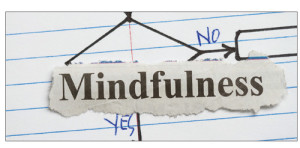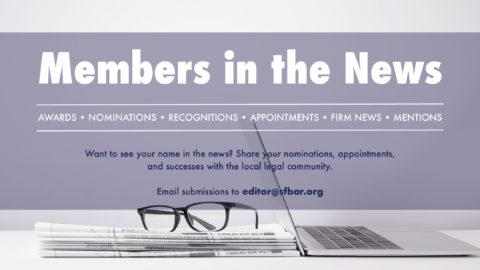 Whether you are a relatively new mediator or have been mediating for decades, you may ask yourself on occasion why a mediation didn’t settle, or even when it did, why one or more sides was unhappy with the result even when it made economic sense for all.
Whether you are a relatively new mediator or have been mediating for decades, you may ask yourself on occasion why a mediation didn’t settle, or even when it did, why one or more sides was unhappy with the result even when it made economic sense for all.
From this author’s own experiences and that of various colleagues, it seems evident we all can improve our mediation skills and results by bringing greater awareness to our inner resources, and greater attention to the various interpretations assigned by participants and ourselves to the statements and actions leading to an underlying conflict.
Overcoming the Intent-Impact Duality
Many of the conflicts we mediate arise from a simple intent-impact duality. In essence, this duality arises when we measure an act of ours by our intention, and the act of another by its impact on us. If our intent is good, we expect our action to be received as such, and may resent it when it isn’t. Conversely, the act of another may be motivated by a good intention, yet it feels negative to us when received, so we assume a bad motive and react in kind. Not all, but many conflicts arise from a similar dynamic and thus take on a life of their own (including at times pre-mediation litigation between opposing counsel).
Mediation then involves learning about each side’s intentions and reactions of the other, reducing resentments by translating the divergent meanings that have arisen back to each side, and finding mutually agreeable terms for resolution.
Ultimately, a sensitivity to implicit bias, an awareness of our own feelings, emotions and judgments, and a facility for learning and conveying different meanings among the parties, serve us well in defusing hostility, increasing our rate of settlement and enhancing the satisfaction level of all those for whom we mediate.
About the author
Barbara S. Bryant, a panelist with the Bay Area Mediation Services of BASF, is a full-time mediator and mediator coach, focusing on employment law and discrimination/harassment in employment, housing, educational and business settings. To learn more about her and about BASF’s mediation panel, go to: www.sfbar.org/mediation.
This excerpt was reprinted with permission from the Contra Costa County Bar Association (CCCBA). The full length article was originally published in the September 2015 Contra Costa Lawyer magazine, a publication of the CCCBA. The complete article can be viewed online here: cclawyer.cccba.org/?p=10905.



